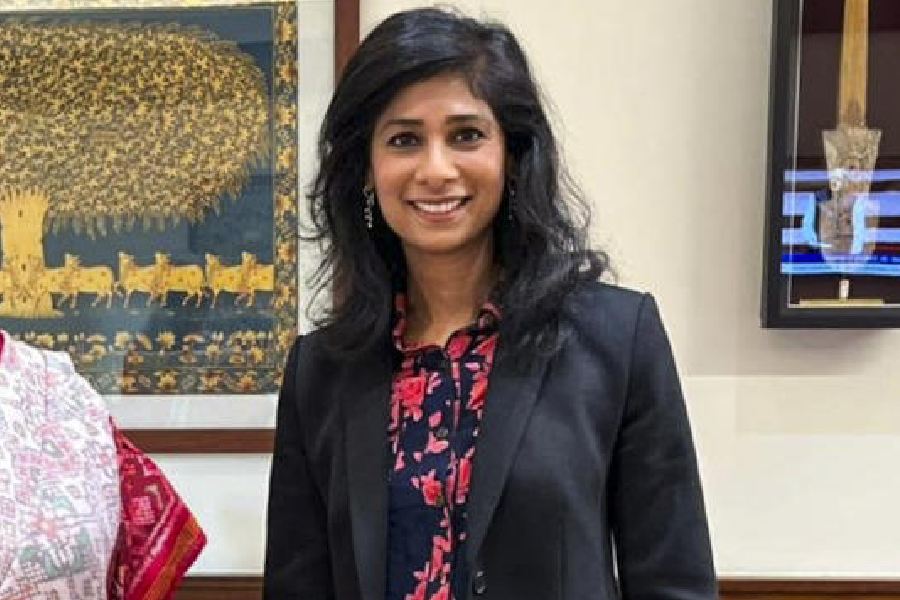Players, spectators and administrators are the key stakeholders in cricket; others like sponsors, media etc. are mere consequences. While the players long for a lengthy and worthy career, the spectators crave for excitement, especially out of closeness of competition and uncertainty of outcome. The administrators look for spreading cricket worldwide, vie for making this an Olympic sport and are responsible for creating a sustainable ecosystem. T20 cricket foots the bill for all the stakeholders and hence is immensely popular. According to pundits, Test matches offer real test for skill, tenacity and endurance. Followed by 70 per cent of a billion fans, this is still a viable product even though no one may follow every ball.
The Future Tours Programme, or FTP, (2015-2023) had been criticised for its asymmetric itinerary and the points system for World Test championship and the FTP (2023-2031) is being criticised for including eight championships in limited formats and enhanced workload for players. ICC Chairman Greg Barclay (The Telegraph, December 1, 2020) recently doubted whether WTC has fulfilled practically what it was intended to do — to make Test cricket popular and provide a bit of context and relevance. The primary question is how the cricket administrators can strike a balance between three formats of cricket keeping in view players’ aspiration and spectators’ expectation?
Volumetric analysis revealed that cricket mix (defined as what proportion of cricket is played for each format per year) had changed over time due to inclusion of new countries and formats. It is observed that overall the “volume of Test cricket” has gone down from an average of 61.68 per cent between 1998 and 2007 (the pre-IPL era) to 53.7 per cent between 2008 and 2017 (the post-IPL era) and the ODI percentage has gone down from 36.98 to 31.8. It is apparent that T20I had “eaten up” share of ODIs and Tests since the total volume of international cricket has increased from 3761 to 4041days during these periods. Can this mix be standardized to certain extent?
An analysis on how the Test teams had fared in ICC championships and rankings since August 2006 till September 2019 revealed that no country held the pinnacle position simultaneously in all three formats and no country remained champion in the two limited overs formats concurrently. While Australia, India and South Africa had kept the top positions in Tests for 12 out of these 14 years, there had been more frequent hand-over of the supremacy ‘mace’ in ODIs and even more in T20Is and the so-called minnows (e.g. Sri Lanka, West Indies) have done better in shorter formats. This highlights separate skill requirements for three formats. This leads to the question — should all twelve Test-playing countries be subjected to similar cricket mix?
Theory of marketing advocates standardizing the product mix in homogeneous markets. A homogeneity analysis amongst Test-playing countries was conducted with respect to their ability in three formats (as per September 2018 ICC rankings) and popularity of cricket compared to other sports. Ability and popularity kind of share a demand supply type relationship where each influences the other. The study suggested the following three tiers, each containing 4 Test countries for which cricket mix can be standardized:
⚫ Tier I: India, Australia, England, New Zealand
⚫ Tier II: South Africa, Pakistan, Sri Lanka, Bangladesh
⚫ Tier III: West Indies, Afghanistan, Ireland, Zimbabwe
Tier I can be characterized by top countries in all three formats; however, apart from India and Australia, cricket is not the most popular game. Tier II comprises countries where cricket is the most popular sport (barring South Africa) and they consume the middle space in all three formats. Tier III comprises lower-ranked countries in all 3 formats and cricket is not even in the top 3 in the popularity list for West Indies and Ireland. If one analyses past few years’ Test matches within and across the mentioned tiers, one can infer matches within each tier were far more competitive than across tiers.
Later, the Markovian equilibrium (a steady state where the cricket mix stabilizes) was achieved based on past trend analysing average cricket mix during 2015-19 and 2016-20. Assuming 100, 80 and 60 days of cricket per year for tier I, II and III respectively, the steady state cricket mix suggests the following:
Clearly it suggests that the top tier should concentrate more on Tests and carry the mantle of Test matches whereas the other two tiers should focus more on ODIs and T20Is respectively.
India coach Ravi Shastri has opined that the top six countries should play Tests with each other in order to preserve Test cricket and the shorter formats should be used to popularise cricket. Creating two or three tiers can be debated at length but the overall pedagogy can be emulated. One needs to devise new rating methods comprising all three formats together in each tier to effect promotion and relegation across tiers. This can simplify the annual roster and can offer lot of context and competition for each match irrespective of the format.
⚫ The writer is a management consultant; currently a member of the faculty at IISWBM, Calcutta











